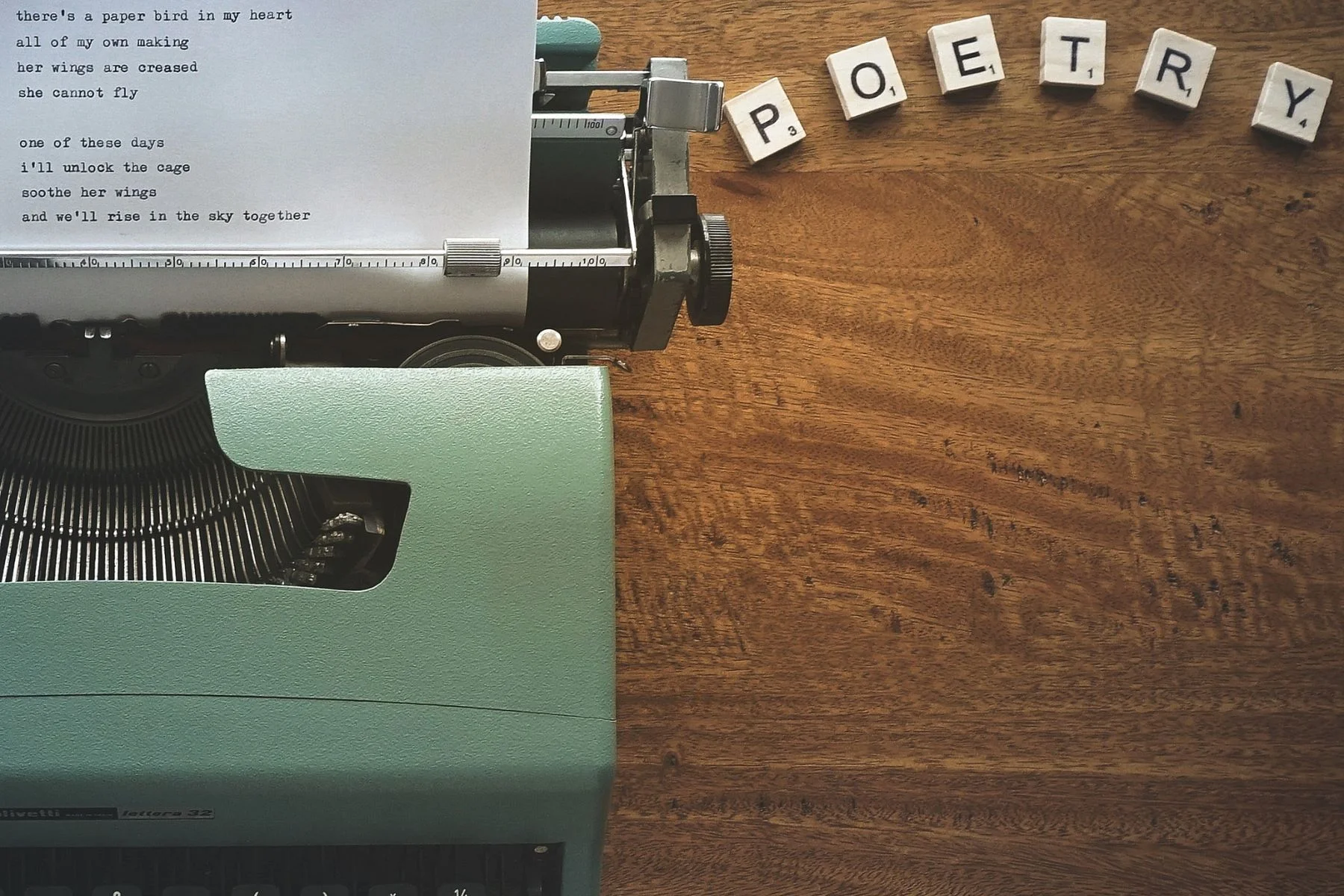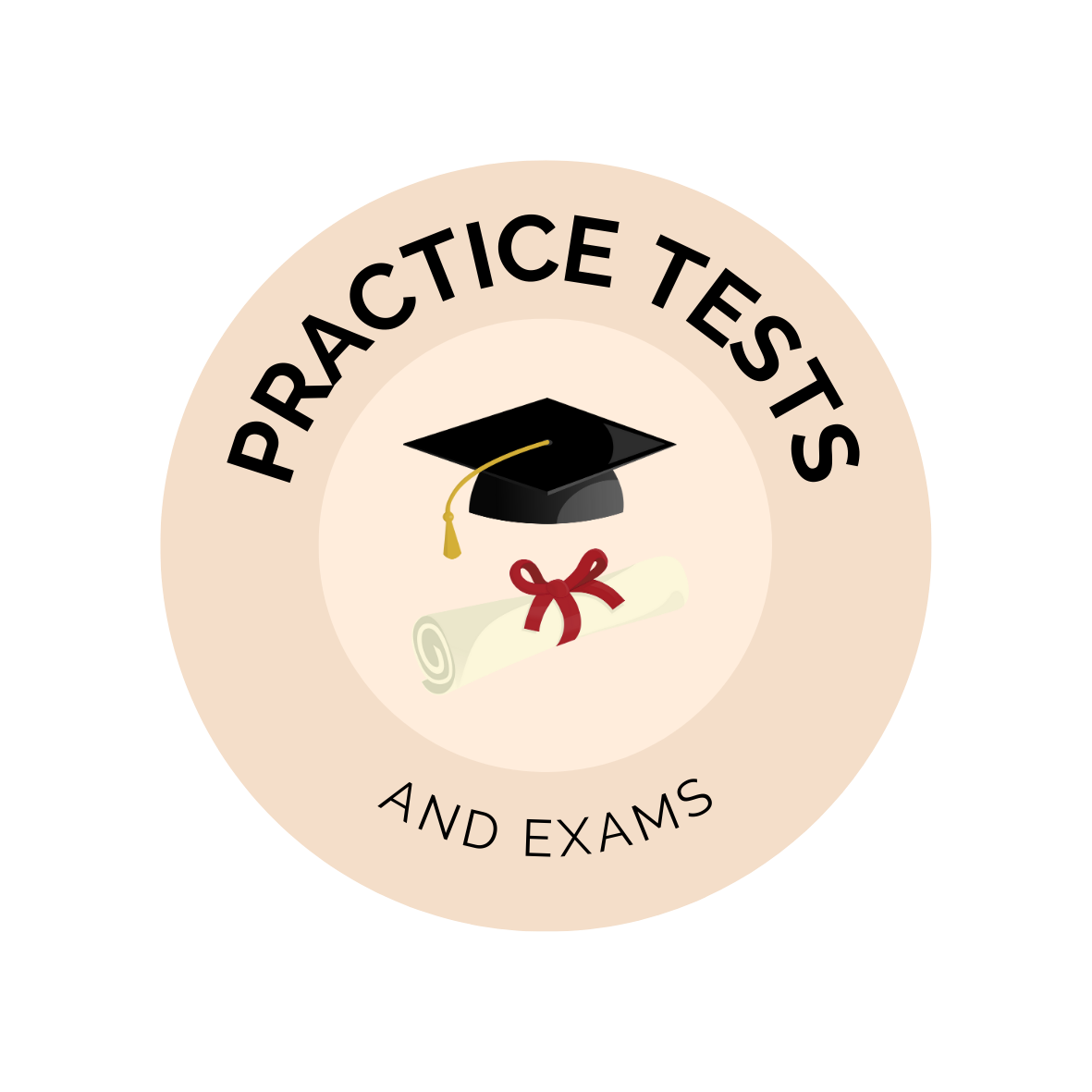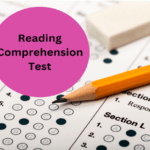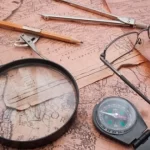Reading Comprehension Exam: Tips for Poetry Analysis
Poetry is a special way of writing that can be a bit tricky to understand. But if you analyze the different parts of a poem and learn how to approach them, you can get better and pass the selective school reading comprehension exam.
Below are some valuable tips to help you:
Understanding the Parts of a Poem
To better comprehend a poem, it is crucial to identify its key components:
1. Subject matter/theme
When you're trying to understand a poem, first think about what it's talking about and the main ideas the writer is sharing. Pay attention to any pictures, words or symbols the writer uses to explain their message.
2. Technique
Focus on how the poet presents their idea. Consider the following elements:
- Structure: Take notice of the number of stanzas (paragraph-like sections) in the poem and how they are organized.
- Tone: Identify the voice or sound that the poet uses, such as funny, angry or sarcastic. The tone contributes to the overall effect of the poem.
- Mood: Think about the feeling and atmosphere the poet creates, whether it's calm, scary, worried or something else. The mood influences the reader's emotional response.
- Language: Analyze the choice of words and phrases used by the poet. Look for poetic devices like similes, metaphors and personification.
- Imagery: Identify vivid and descriptive language that evokes sensory experiences. Look for metaphors, symbols and images that enhance the poem's meaning.
- Rhythm: Pay attention to the beat and flow of the poem. Note any repetition of words or vowel sounds that contribute to the rhythm.
- Rhyme: Notice the sounds of the words and identify any repeating patterns. For example, in the line "He went up high in the sky, flying with a butterfly." The words "high," "sky," and "butterfly" all rhyme.
If you understand these elements, you can better engage with the poem and answer effectively reading comprehension questions.
Types of Questions in Poetry Reading Comprehension
When tackling a poetry reading comprehension exam, expect the following types of questions:
Detail questions about figurative language
These questions require you to identify and analyze specific poetic devices used in the poem. Look for similes, metaphors, symbols or personification and figure out their meaning and purpose.
Main idea questions about the tone and theme
These questions check your understanding of the overall message and tone of the poem. Identify the main idea or theme the poet conveys and consider how the tone contributes to its effect.
Possible detail questions about 'facts'
While not as common, there may be questions that require you to recall specific details mentioned in the poem. Pay attention to any factual information and be prepared to support your answers with evidence from the text.

Sample Poem Analysis
Now, let's use what you've learned to analyze this poem and answer the questions that come after.
"Hope"
Hope is a thing with feathers
That perches in the soul,
And sings the tune without the words,
And never stops at all,
And sweetest in the gale is heard;
And sore must be the storm
That could abash the little bird
That kept so many warm.
Question 1: What is the central metaphor in the poem?
A) Hope is a bird with feathers
B) Hope is a tree that grows tall
C) Hope is a mountain that never falls
D) Hope is a river that flows endlessly
The main metaphor in the poem is that hope is a thing with feathers that perches in the soul. This metaphor draws a comparison between hope and a bird, which is an unusual but effective way of describing the intangible nature of hope.
Answer: A) Hope is a bird with feathers
Question 2: What is the effect of the bird imagery in the poem?
A) It creates a sense of heaviness and burden
B) It conveys a sense of strength and power
C) It suggests that hope is always out of reach
D) It creates a sense of lightness and grace
The bird imagery in the poem is a powerful metaphor that creates a sense of lightness and grace, as well as resilience. By describing hope as a bird, the poem suggests that hope is free and can uplift us in the face of difficulty.
The imagery also conveys a sense of persistence, as hope never stops singing, even during the storm.
Answer: D) It creates a sense of lightness and grace
Question 3: What message does the poem convey about hope?
A) Hope is useless
B) Hope is a fleeting emotion
C) Hope can sustain us through difficult times
D) Hope is only for the lucky
The poem wants us to know that hope is like a secret power. It strengthens us when life gets tough and makes us feel happy and cozy inside.
It tells us to always be hopeful when things are difficult. It's like a little bird that never stops singing, reminding us that hope is always there to support us, no matter what happens.
Answer: C) Hope can sustain us through difficult times
Tips for Effective Preparation
To perform well in the selective schools reading comprehension exam for poetry, consider the following preparation tips:
1. Read and analyze a variety of poems
Familiarize yourself with poems from different poets, time periods and styles. This exposure will help you develop a deeper understanding of various poetic techniques and themes.
2. Analyze sample poems
Practice analyzing poems by dissecting their structure, identifying poetic devices and understanding their overall message. Seek feedback from teachers or tutors to improve your analysis skills.
3. Practice active reading
Engage with each poem actively by taking notes, underlining key phrases and annotating important literary devices. This will make it easier to recall and analyze the poem efficiently.
4. Review and reflect
After analyzing each poem, review your notes and reflect on your understanding of its themes, tone and techniques. This reinforcement will aid in long-term retention of the material.
5. Time management
During the exam, carefully allocate time to read, analyze and answer questions for each poem. Keep your mind on the specific instructions and ensure your responses are concise and well-supported.
Final Words
Using these strategies and investing time in practice can significantly boost your ability in understanding and analyzing poetry effectively. It's a valuable skill that will be apparent in your improved performance in the reading comprehension exam.
Keep in mind that analyzing poetry is a continual learning journey. Your proficiency will naturally improve with more practice. Savour the beauty and originality in poetry and let your comprehension and interpretation be reflected in your exam responses.
Moreover, we provide practice tests and mock exams tailored for the QASMT and Brisbane State High School reading comprehension test. These valuable resources can greatly benefit you in preparing for the examination. We encourage you to explore and utilize them to further enhance your readiness and understanding of the test material.
Good luck!





0 comments